Cartagena
For travellers fascinated by historical destinations, Cartagena is a dream. Carthago Nova, as the Romans renamed it after the conquest, became an official colony of the Roman state in 54 BCE (BC). The Romans developed the town with the aim of designing it in the image of Rome. A city with a rich history that dates back 2,500 years, and hugely proud of its cultural heritage, Cartagena has a lot to offer for inquisitive visitors. Here we outline just a few…
Note: The listed opening hours (and seasons) are meant as a guide only, and may vary at different times of the year or be updated due to changing circumstances.
Roman Theatre

This large theatre with space for 6,000 people was constructed in 44 BCE as a shining example of Roman architecture. Almost entirely built into the hillside rock, and discovered by accident in 1990, it is one of the most interesting sites in Cartagena. It is situated opposite the town hall palace, which in itself is well worth a visit. There is an archaeological museum on-site and guided tours are available.
Where: Plaza de Ayuntamiento
Entrance: €6
Opening times:
1 May-30 September + Holy Week – Tuesday to Saturday, 10am-8pm
1 October-30 April – Tuesday to Saturday, 10am-6pm
All Sundays, 10am-2pm
Roman Forum District
About 10 years ago during excavations, a complete block of Roman buildings, formed by a baths complex and Atrium building (both from the first century), was discovered on the south side of Cerro del Molinete.
Visitor can wander through the peristyle of the Roman baths with the original herring-bone style flooring, as well as the Atrium building with its four-metre high walls and decorations, where ritual banquets for the gods Isis and Serapis were celebrated.
Where: Calle Honda 11
Entrance: €5
Opening times:
Tuesday to Sunday – 10am-7pm
Mondays closed
Castillitos Batteries
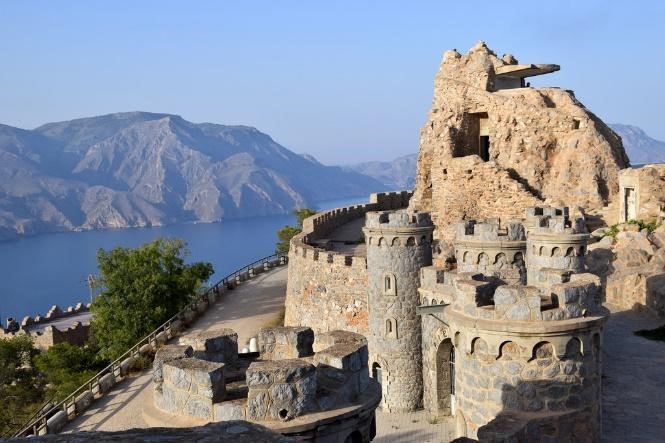
As it has always been a naval city, Cartagena is home to many military places of interest – including Castillitos, with two enormous 381-millimetre Vickers Guns. Situated at Cabo Tiñosa, between Cartagena and Mazarrón, these batteries are well worth a visit, if only for the beautiful scenery and eccentric architecture.
There is no entrance fee, personnel or facilities on-site. The road uphill to the fortress can be challenging, as it is narrow with some blind bends and steep drops, best avoided on days with rain or strong winds.
The site is not recommended for people with disabilities, and families with young children have to be particularly careful.
Where: Cabo Tiñosa
Bolnuevo Erosions
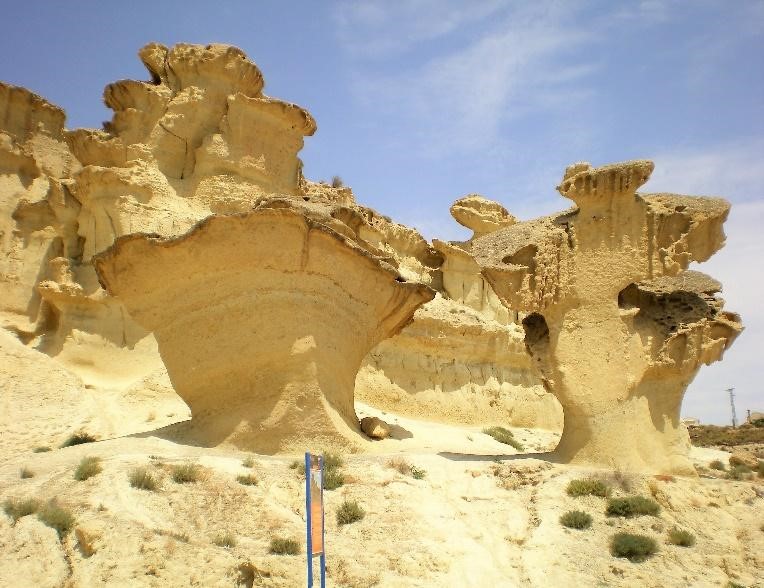
When speaking about historical attractions in the area, Bolnuevo Erosions just outside Puerto de Mazarrón always come to mind. Strong sea winds carrying sand and salt water have battered the coastal rock over millions of years, resulting in these bizarre limestone sculptures. During the summer months, they are regularly used as a dramatic backdrop for concerts and shows.
They are situated a half-hour drive from Castillitos Battery, at the far end of Bolnuevo beach.
Where: Bolnuevo Beach
Murcia
The Emir of Córdoba founded “Mursiya” in the year 825 and made good use of the Segura river that runs from west to east through the town, developing an irrigation system that benefitted agriculture in the whole area. The fact that Murcia has known prosperous times is patently visible in its historical buildings.
Murcia Cathedral
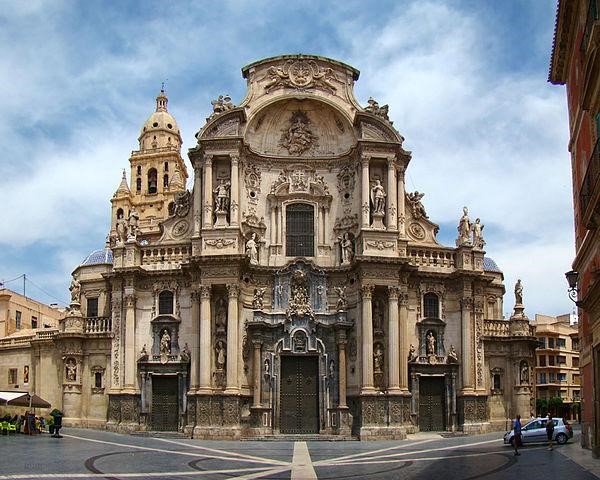
Constructed on the remains of the Great Mosque, as was the custom after the Reconquest, the Santa Maria Cathedral Church of Murcia has a blend of architectural styles – Renaissance, Baroque, Rococo and Neoclassical – while the interior is mainly Gothic. It took from 1388 until 1467 to finish the church; and the tower, 200 years to complete.
After a major fire in 1854, when a good part of the interior was destroyed, the Cartagena bishop ordered a new organ for the cathedral, the Great Organ from Merklin & Schütze, which is still in use today.
Where: Plaza del Cardenal Belluga
Entrance: Free
Opening times:
Tuesday to Saturday – 7am-1pm and 5pm-8pm
Monday, Sunday and Bank Holidays – 7am-1pm and 6pm-8pm
Murcia Casino
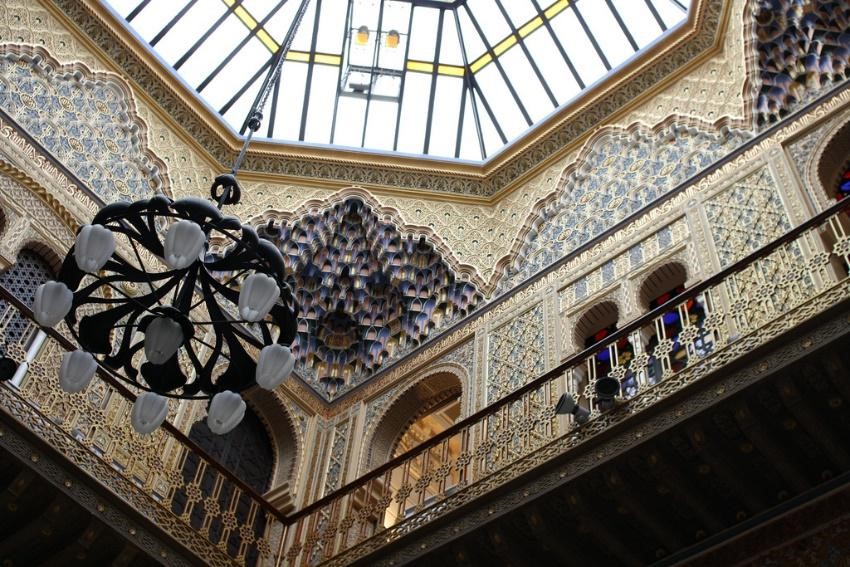
The Royal Casino of Murcia first opened as an exclusive men’s club in 1847. Every part of it breathes the grandeur of times gone by: the magnificent ballroom with its spectacular chandeliers; the English-style library with over 20,000 books; the beautiful Moorish patio; the astonishing lady’s dressing room with its ceiling frescos; the Pompeian patio; and the billiards room with its geometric wooden decorations and inner courtyard. It is one of the most interesting buildings to visit in Murcia.
Where: C/ Trapería 18
Entrance: Adults €5, Children €3
Opening Times:
Monday to Sunday – 10.30am-7pm
August, Monday to Saturday – 10.30am-2.30pm
Virgen de la Fuensanta Sanctuary

This little gem, the Santuario de Nuestra Señora de Fuensanta on the edge of the Carrascoy y El Valle regional park just south of Murcia capital, is a popular destination among local “murcianos“. Legend has it that a spring appeared after the Virgin Mary manifested herself on the spot; hence the name of the sanctuary, Fuensanta, meaning Holy Spring.
The sanctuary was built in the 17th century after the apparition but the area has been a place of spiritual importance and worship since ancient times. Inside you will find a stunning altarpiece decorated with gold leaf that is dominated by a sculpture of the Virgin. Twice a year, at Easter and on the local patron’s saint’s day in September, the Virgin is brought out for a procession, accompanied by thousands of faithful followers to Murcia Cathedral.
Where: Calle Mayor, Algezares
Entrance: Free
Opening times:
Monday-Sunday – 9am-1pm and 4pm-6.30pm
From 1 July to 15 September – closes at 7pm
Lorca
The Lorca area has been inhabited since the Bronze Age, as archaeological digs have revealed. During Roman times it was called Elicroca, and it is situated right on the Via Augusta Roman Road that crossed 1,500 kilometres of ancient Hispania – the direct road to Rome.
Many wars have been fought in Lorca, between Moors and Visigoths and later between Christians and Moors, and its population has suffered from plagues, droughts and floods.
Lorca Castle

Also known as the Fortress of the Sun, the castle was first mentioned in Muslim reports from the ninth century. It is strategically perched on a hill overlooking the Guadalentin valley and Lorca city. After the Reconquest in 1244 it was mostly rebuilt, leaving little traces of the original Moorish Alcazaba. When the Moors and Jews were expelled in 1492, the castle was abandoned, and it had fallen into ruins by the 18th century.
In 2003, remains of the Jewish Quarter, comprising 12 houses with a synagogue in the centre, were discovered inside the walls of the fortress. These date to the 14th century. It is a exceptional find, the only mediaeval synagogue in Murcia that has not been replaced by a Christian church, as was the custom after the Reconquest.
Nowadays, the fortress is a themed cultural centre where history can be explored through expositions, guided tours, workshops and other activities.
Where: Castillo de Lorca
Entrance: €10 (for the castle and synagogue)
Opening times:
Monday to Friday – 10.30am-5.30pm
Weekends and holidays – 10.30am-6.30pm
Caravaca de la Cruz
Caravaca de la Cruz is 75 kilometres north-west of Murcia and is the Fifth Holy City of the Catholic Church. Together with the famous holy relic, the Holy True Cross, there are many monuments, monasteries and museums all well worth a visit. In autumn, we recommend you spend some leisure time in the Las Fuentes del Marqués nature park to enjoy its seasonal colours, and visit the Templar Knights Tower just outside town.
Vera or Holy True Cross Sanctuary
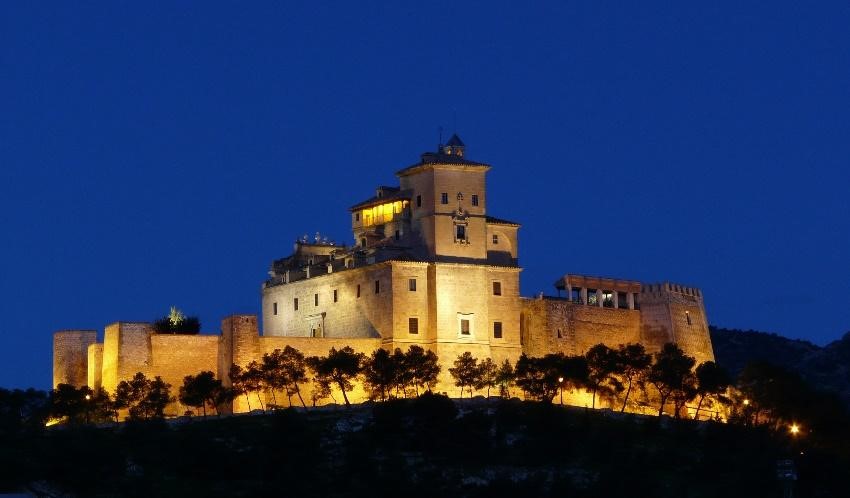
The Basílica de la Vera Cruz sits on top of a hill behind the city, within the walls of the Alcazaba, a Moorish fortification. The Basílica dates from the 17th century and its history is inextricably linked with the Vera Cross that is displayed in its own sanctuary, built within the church.
According to legend, in 1232, when Murcia was still under Muslim rule and thousands of Christians were imprisoned, a Christian missionary was captured and taken to the Muslim king of Caravaca. The king demanded he demonstrate a Holy Mass according to his beliefs so the king could see with his own eyes what it entailed. When the missionary noticed that a crucifix was not present on the altar, the room was suddenly bathed in bright light and two angels appeared carrying a cross, which they placed on the altar. The Muslim king fell on his knees and converted to Christianity. This is why each year hundreds of thousands of pilgrims find their way to Caravaca. The annual celebration of this miracle is from 1 to 5 May, starting with a Holy Mass on the first evening followed by the “Racing of the Wine Horses” event on the second day.
Where: Caravaca de la Cruz
Entrance: Free
Opening times:
Winter, Monday to Saturday – 8.30am-2.30pm and 4.30pm-7.30pm; Sunday and Pubic Holidays – 10am-2pm and 4.30pm-7pm
Summer, Monday to Friday – 8am-2pm and 4.30pm-9pm; Weekends and Public Holidays – 10am-2pm and 4.30pm-9pm
